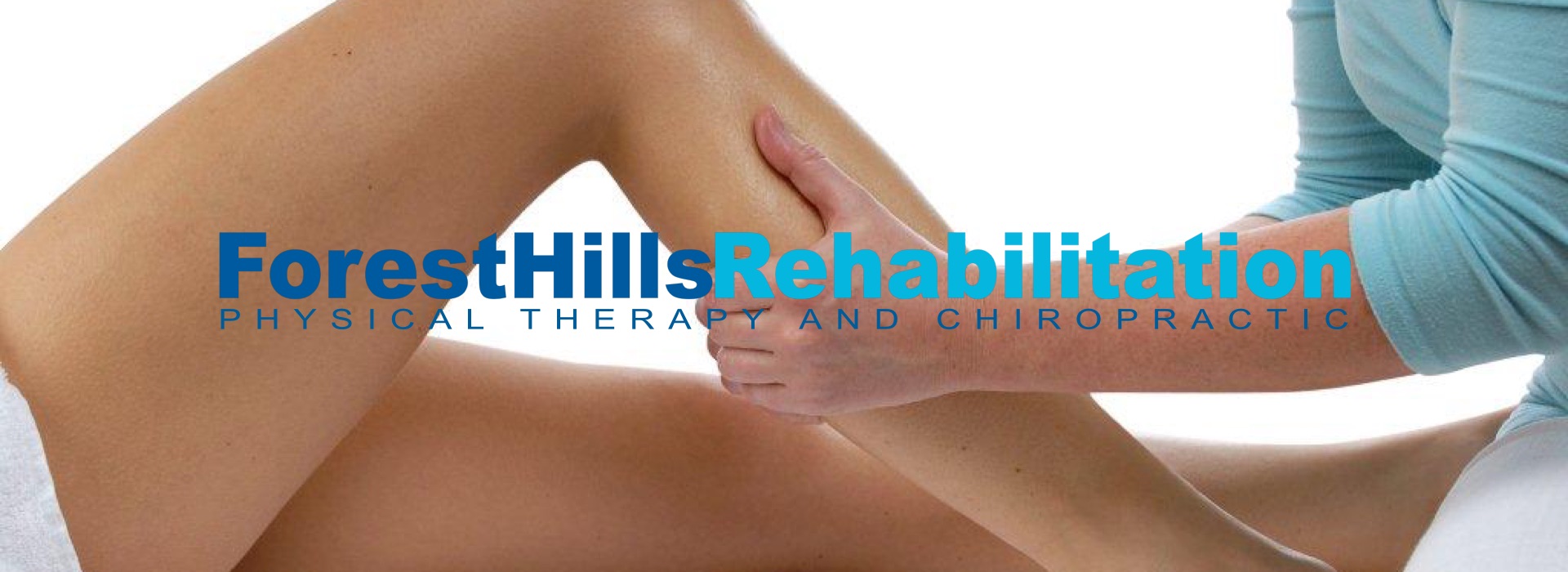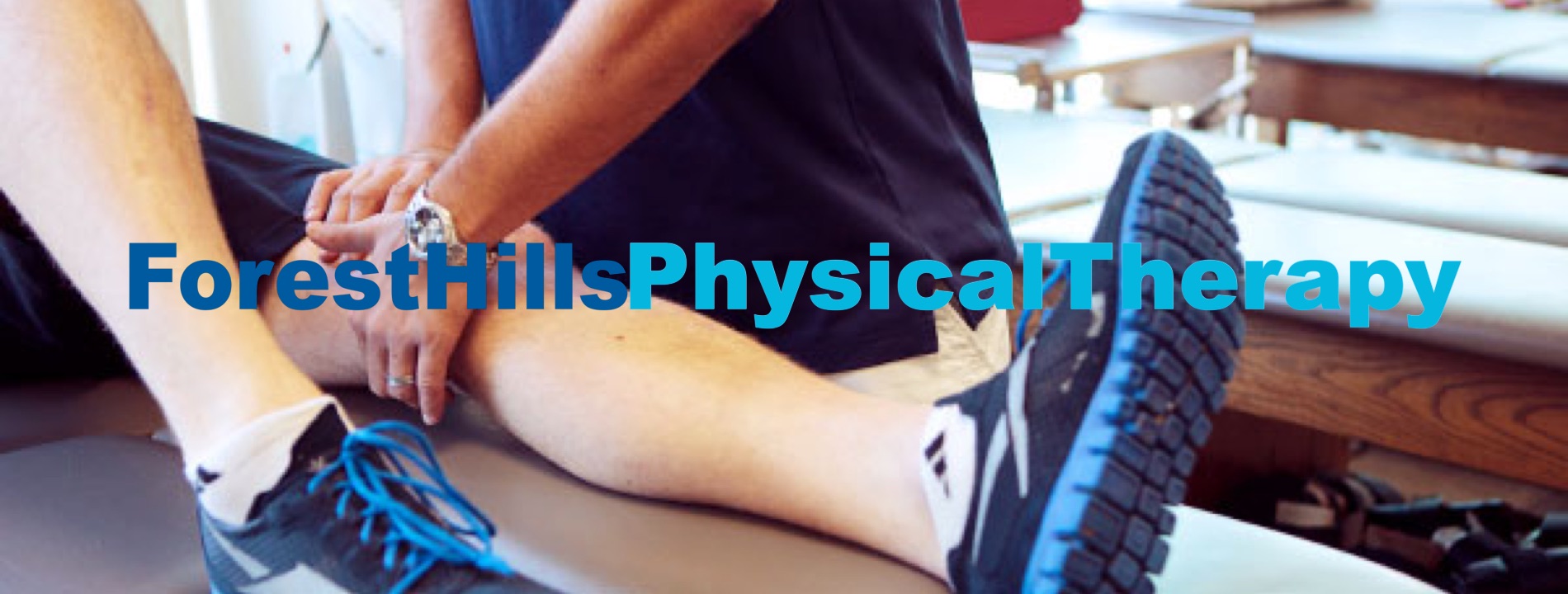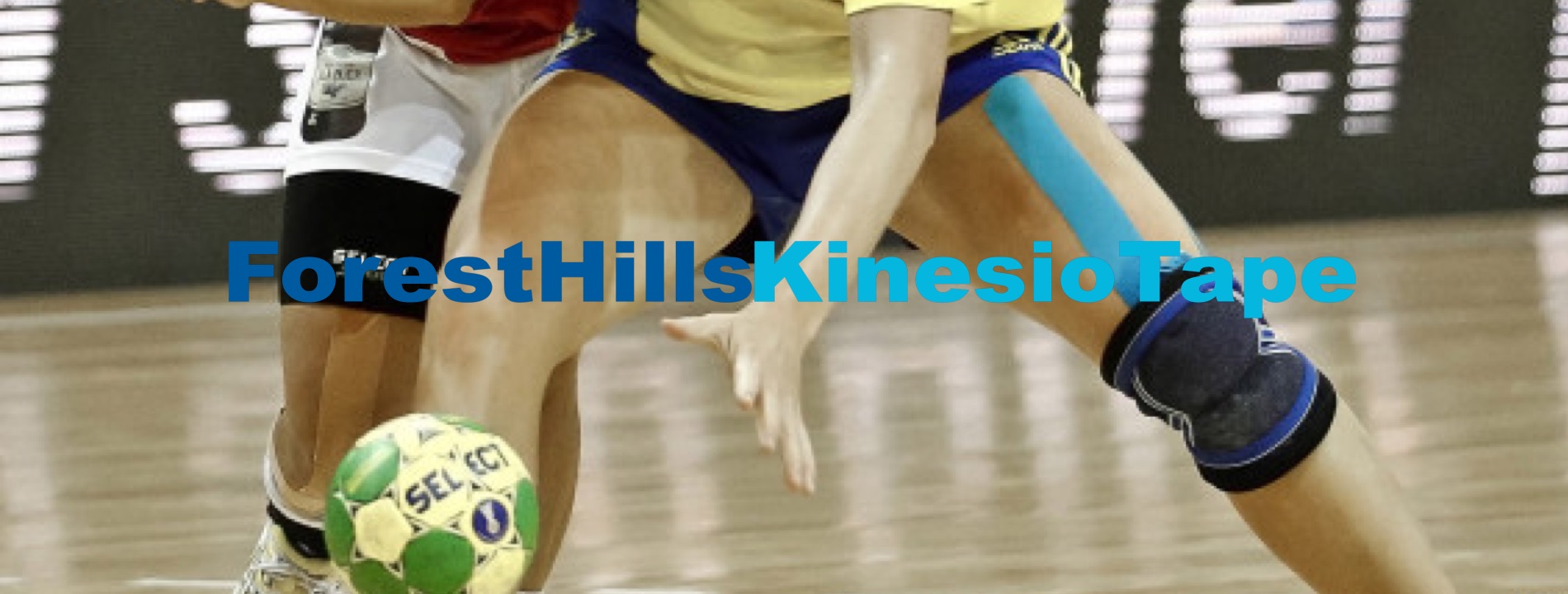Blog: Physical Therapy & Chiropractic
Physical Therapy Hip - Forest Hills, NY
The Sound of Music (in your Hip?)
Snapping hip syndrome, also called dancers’ hip, is a snapping sensation or popping sound heard in the hip while walking, flexing or extending the limbs. This condition can cause discomfort and pain. The good news is that this can be resolved with physical therapy.
Causes
There are several different causes of snapping hip syndrome. These include, but are not limited to:
Extra-articular (outside the joint structure) causes. This occurs on the lateral (outside) or medial (inside) aspect of the knee.
Intra-articular (inside the joint) causes. This occurs when there is a tear or presence of loose bodies inside the joint. This can cause effusion (fluid) buildup. This causes the snapping hip syndrome.
Symptoms
Discomfort in the hip
Stiffness
Pain
Snapping or popping of the hip with some movements
Diagnosis and Treatment
A careful clinical examination and manipulation of the hip joints is completed by a physical therapist. Some of the diagnostic tools include:
Ultrasound
Magnetic Resonance Imaging (MRI)
Treatment of Snapping Hip Syndrome
The treatment of snapping hip syndrome involves a combination of physical therapy, traditional medicine, and at times, surgery.
Physical Therapy: The use of ‘Hydration, Ibuprofen, Rest, Ice, Compression, Elevation’ (also known as HI-RICE) provides the patient with temporary relief in the acute stages. It is best to consult with a physician before taking any medication to rule out allergies and associated side effects. Expert supervision by the physical therapist is essential for gradual healing of the affected regions.
Traditional Medicine: A physician may recommend prescription medications for pain relief and reduction of inflammation. Corticosteroids injections are commonly prescribed. Talk to your physician about which medication is best for you.
Surgical Interventions: If a structural anomaly is causing the problem, surgery may be needed. In general, surgery is the last resort, when traditional medicine and physical therapy have failed. After surgery, physical therapy plays a critical role in the restoration of strength and flexibility.
If you believe you have snapping hip syndrome, and HI-RICE does not help, reach out to your physical therapist.
Snapping You Back Into Action!
Physical therapy provides exciting possibilities to promote strengthening, healing and rehabilitation of the hip and lower limbs. Here are some of the options in the arsenal of the physical therapist:
Ultrasound to heal connective tissue (tendons and ligaments).
Manipulative therapy that includes stretching and massage.
Resistance training to build the muscle strength.
Cold compress for acute injuries and heat to relax muscular spasms.
Low level laser use for muscle and connective tissue injuries.
Functional electrical stimulation to restore strength in the muscles.
The sooner the therapist assesses the injury and initiates treatment, the better the outcome. Some home remedies that the physical therapist may prescribe include:
Active stretching
Passive stretching
Strengthening exercises
Light aerobics
Don’t let snapping hipping syndrome (or any hip condition) hold you back from freedom of movement.
Call us today, and we will help you snap back into action as quickly as possible. We hope this is music to your ears!
Physical Therapy Forest Hills - Hip Pain
Knee Pain Help
Stop Knee Pain here… http://ow.ly/twwEu
Forest Hills Physical Therapy Post
Ouch! What To Do When That Shoulder Pops…
The shoulder joint is subject to a great deal of motion, more so than other large joints in the body. This makes the shoulder susceptible to dislocation. Anyone who has experienced a dislocated shoulder knows how painful it can be. In fact, a dislocation can lead to a condition called multidirectional instability of the shoulder (MDI). The joint dislocation can result in an excessive forward, backward or downward motion relative to its normal position. MDI is often seen as a result of a sports-related injury, but it can develop over time with repetitive use of the shoulder joint.
Surrounding soft tissues are also affected. Ligaments and muscles in the arm and shoulder region can become stretched or torn. At times, a genetic abnormality of the joint can be an underlying cause. Repetitive motions, shoulder sprains and sudden muscle contractions can result in MDI. Individuals with below average fitness levels and ‘loose joints’ are also at risk.
Multidirectional instability leads to weakness in the rotator cuff muscles, which become fatigued and overworked. The surrounding bursa (fluid filled protective sacs), tendons and nerves may also get affected.
Pain in the shoulder at rest and with motion is a common symptom. MDI may be associated with numbness, paralysis and weakness in the shoulder. Some patients report a crackling feeling or sound in the shoulder area during motion.
Physical Therapy - the Key to Recovery
Physical therapy plays a crucial role in recovery from any dislocation.
Your therapist will help position the shoulder joint in the right position and immobilize it to promote healing and prevent further damage. A sling may be used for three to eight weeks, depending upon the severity of the injury. Once healing is complete, physical therapy will facilitate recovery. Rehabilitation treatments can include:
Heat and Cold Therapy – Used to manage pain and reduce swelling.
Exercise – A customized program of gentle exercise to build stability, strength and muscle control helps offset muscle weakness after weeks in a sling. Patients will be provided with a strength and mobility program that can be implemented at home and work.
Clinical Pilates – At times, a specialized exercise program can be designed to regain muscle strength, tone, and control. Exercises may be performed with specialized equipment or independently.
Electrical Stimulation – The technique is used to improve muscle and ligament tone. This is a useful method to control pain and inflammation.
Water Therapy – Water relieves stress on joints and encourages patients to relax and move with relative ease. An aqueous environment provides support for weak muscles and joints and supports ‘relearning’ of muscle strength and control.
Meeting the Challenges of MDI
Multi-dimensional instability of the shoulder must be evaluated carefully to determine the best course of treatment. As your physical therapists, we will do everything possible to relieve your pain, prevent further damage, and provide the rehabilitation framework to help you recover quickly.
In fact, physical therapy can help with any pain or discomfort in any joint in the human body. If you or a loved one is experiencing stiffness, tingling or loss of joint function, give us a call. In particular, MDI is a complex condition, and it is often overlooked. The underlying cause for simple 'aches and pains’ can be easy to ignore and lead to further pain and injury. Therefore, we encourage you to reach out to us as quickly as possible.
Once joint healing is complete, we put you through a routine of specialized exercises and therapies to help you regain strength, stability, and functionality. Give us a call to discover how physical therapy can help heal your shoulder and every joint in your body. We look forward to hearing from you!
http://ow.ly/MF5tT





